Creating classic video games has long been a dream for many aspiring developers, but designing retro games from scratch can seem like a daunting task, especially for beginners. With the rise of modern gaming technology, it’s easy to get caught up in the latest trends and forget about the timeless appeal of retro games. However, by understanding what makes a game retro and how to incorporate those elements into your own designs, you can create games that pay homage to the classics while still offering something new and exciting.
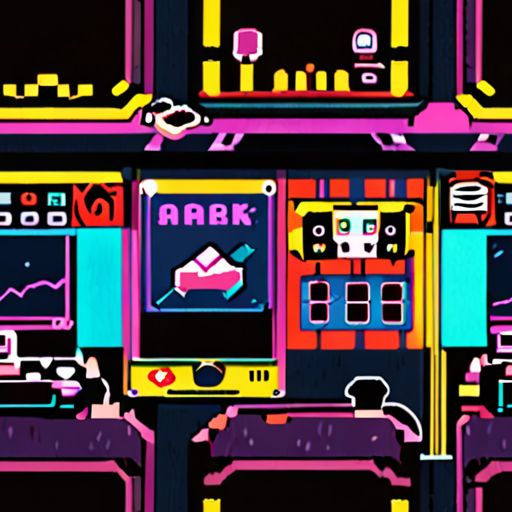
Is it Legal to Emulate Retro Games?
In the United States, emulation is generally considered legal, but there are certain caveats to consider.
- The act of emulating itself is not inherently illegal, as long as the emulator does not infringe on any copyrights.
- However, distributing copyrighted code without permission is still a violation of both domestic and international copyright laws.
As an indie game developer, it’s essential to understand the nuances of emulation legality to avoid potential issues with your projects.
Key Considerations:
- Copyright Infringement: Be aware that distributing copyrighted code without permission can lead to severe consequences, including lawsuits and fines.
- Fair Use: Familiarize yourself with fair use provisions, which may allow for limited use of copyrighted materials under certain circumstances.
- Public Domain: Understand what constitutes public domain works and how they can be used freely without infringing on copyrights.
When working on retro game projects, it’s crucial to respect the intellectual property rights of original creators and adhere to applicable laws and regulations.
Best Practices for Indie Game Developers:
- Research and Understand: Thoroughly research the emulation landscape and stay informed about changes in legislation and court rulings.
- Obtain Necessary Permissions: Secure the necessary permissions or licenses before distributing copyrighted code or using protected materials.
- Comply with Laws and Regulations: Ensure that your projects comply with all relevant laws and regulations regarding copyright infringement and fair use.
By following these guidelines and staying vigilant, indie game developers can navigate the complex world of emulation legality with confidence and creativity.
Resources:
- United States Copyright Office
- Copyright Act of 1976
- Fair Use Wikipedia Page
Can a 12-year-old Create a Game?
As a young gamer, you might wonder if you’re too young to create your own games.
- Fortunately, there’s no age limit to developing games!
- In the US, some programs are designed to teach kids how to create simple games using coding languages like Scratch.
Indie Dev Games: A Resource Hub for Young Developers
At Indie Dev Games, we believe that anyone can learn to create games, regardless of age.
- We offer tutorials, reviews, and tips specifically tailored for indie game developers.
- Our platform provides insights on development tools, design techniques, marketing strategies, and community stories to help you enhance your projects.
Getting Started with Game Development
To get started, you’ll need to choose a game engine or development tool that suits your needs.
- Some popular options include Unity, Unreal Engine, and Construct 3.
- These tools offer drag-and-drop interfaces, making it easier for beginners to learn and create games.
Learning to Code
Coding is an essential skill for game development, and there are many resources available to help you learn.
- Scratch is a great place to start, as it uses block-based coding that’s easy to understand.
- You can also explore online courses and tutorials on platforms like Udemy, Coursera, and Codecademy.
Joining the Gaming Community
Connecting with other gamers and developers can be a great way to learn and stay motivated.
- Join online forums like Reddit’s r/gamedev and r/learnprogramming.
- Attend gaming events and conferences to network with other developers and industry professionals.
Conclusion
Creating games is a fun and rewarding hobby that can be enjoyed by people of all ages.
With the right resources and support, you can turn your ideas into reality and share them with the world.
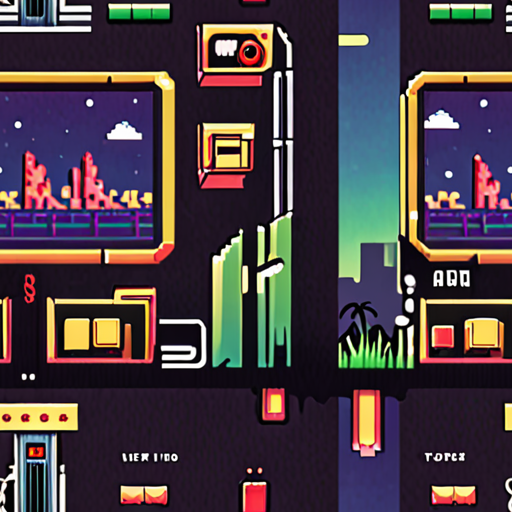
What Makes a Game Retro?
A game can be considered retro based on several factors, including its age, graphics, sound effects, gameplay mechanics, and overall aesthetic.
-
Age
Retro games are typically those that were released many years ago, often before the advent of modern gaming technology.
-
Graphics
Retro games often feature pixel art, low-resolution graphics, and limited color palettes, which can give them a distinctive look and feel.
-
Sound Effects
Retro games frequently incorporate chiptune music and sound effects, which can evoke a sense of nostalgia and familiarity.
-
Gameplay Mechanics
Retro games may employ classic gameplay mechanics, such as side-scrolling, platforming, and puzzle-solving, which have been popularized by iconic titles like Super Mario Bros. and The Legend of Zelda.
-
Aesthetic
The overall aesthetic of a retro game can be characterized by its use of vintage-inspired artwork, typography, and UI elements, which can transport players back to a bygone era.
In addition to these factors, retro games often have a strong nostalgic appeal, evoking memories of childhood experiences and fondness for classic gaming franchises.
Some notable examples of retro games include:
-
Classic Console Titles
Games like Super Mario Bros., The Legend of Zelda, and Sonic the Hedgehog defined the early days of console gaming and remain beloved today.
-
8-Bit and 16-Bit Era Games
Titles like Pac-Man, Donkey Kong, and Street Fighter II showcased the capabilities of early home consoles and arcade machines.
-
Old-School PC Games
Games like Doom, Quake, and Wolfenstein 3D revolutionized the PC gaming landscape with their fast-paced action and immersive worlds.
These examples demonstrate how retro games continue to captivate audiences with their unique blend of nostalgia, simplicity, and challenge.
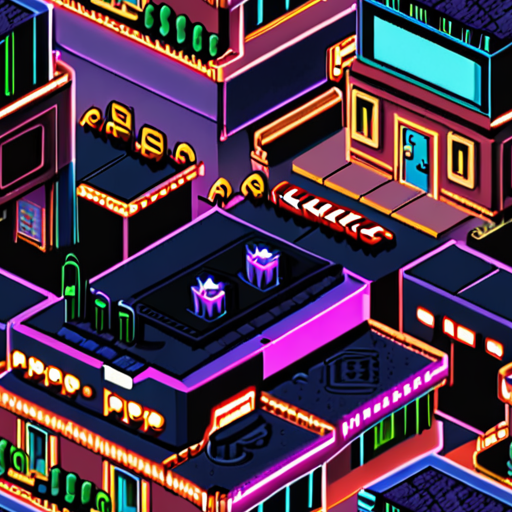
The 7 Stages of Game Design
As an indie game developer, understanding the game design process is crucial for creating engaging and immersive experiences.
-
Planning
This stage involves defining the game concept, setting goals, and establishing a project timeline.
We recommend checking out our game design tutorials for more information on planning your game.
-
Pre-production
In this stage, we develop the game’s core mechanics, art style, and sound design.
For inspiration, take a look at some of the amazing games created by Gamasutra ‘s community of game developers.
-
Production
This is the stage where we bring the game to life, implementing the features and mechanics defined during pre-production.
Our game development tools can help streamline your workflow and save you time.
-
Testing
During testing, we identify and fix bugs, balance gameplay, and ensure the overall player experience meets our standards.
Learn how to conduct effective game testing with our game testing tips .
-
Pre-launch
In this final preparation phase, we finalize the game’s marketing strategy, prepare for launch, and ensure everything is ready for release.
Get ahead of the competition by learning from successful game launches on GameIndustry.biz .
-
Launch
This is the moment of truth – the game is live, and players can finally experience your hard work!
Stay connected with your audience through social media and engage with them on platforms like Twitter .
-
Post-production
After launch, we analyze player feedback, gather data, and continue to support the game with updates and patches.
Discover how to create a loyal community around your game with our community building strategies .
The 3 Cs of Game Design
As a game developer, understanding the fundamental principles of game design is crucial for creating engaging and immersive experiences.
-
Character
A well-designed character can make or break a game. A character’s personality, abilities, and appearance all contribute to their overall appeal and playability.
When designing characters, consider factors such as:
- Unique abilities and skills
- Diverse character customization options
- Realistic animations and movements
-
Controls
Intuitive controls are essential for a smooth gaming experience. Players should feel comfortable navigating the game world and interacting with its mechanics.
When designing controls, consider factors such as:
- Easy-to-use interfaces
-
Camera
A well-designed camera system can greatly impact the player’s perception of the game world. A camera that provides a clear view of the environment and characters can enhance immersion and engagement.
When designing cameras, consider factors such as:
- Smooth panning and zooming
By focusing on these three core aspects of game design – Character, Controls, and Camera – developers can create engaging and immersive experiences that captivate players and leave a lasting impression.
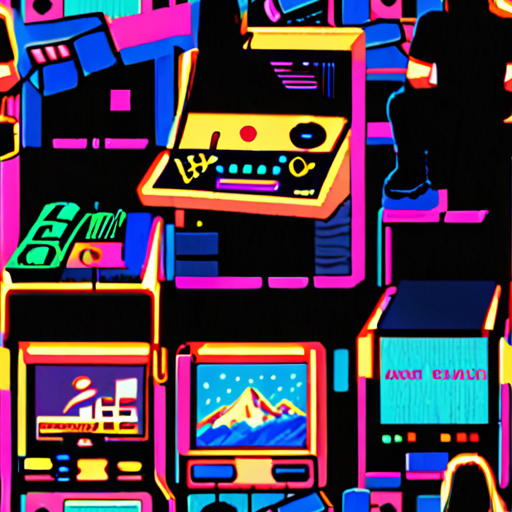
The First Rule of Game Design
When it comes to game design, there are several key principles that can help guide developers towards creating engaging and immersive experiences.
- Design Your Game Around a Core Mechanic: A core mechanic is the fundamental element that drives the gameplay experience. It could be something as simple as jumping or shooting, or as complex as crafting or exploration. Whatever it is, it should be the central focus of your game.
- Create a Clear Goal or Objective: Players need to have a clear understanding of what they’re working towards. This could be collecting a certain number of items, completing a level, or achieving a specific score. Having a clear goal helps players stay motivated and engaged.
- Make the Gameplay Experience Fun and Engaging: This might seem obvious, but it’s essential to remember that the primary purpose of a game is to entertain. Make sure the gameplay experience is enjoyable, challenging, and rewarding.
- Provide Feedback and Progression: Players need to feel like they’re making progress and getting feedback on their actions. This could be through visual effects, sound cues, or rewards. Providing feedback and progression helps keep players invested in the game.
- Test and Refine Your Game: No game is perfect on the first try. Testing and refining your game is crucial to identify areas that need improvement and make necessary adjustments.
Key Considerations for Indie Developers
As an indie developer, it’s essential to consider the following factors when designing your game:
- Keep it Simple: Don’t try to reinvent the wheel. Keep your game design simple and focused on a core mechanic.
- Be Authentic: Create a game that reflects your unique perspective and style.
- Focus on Quality: Prioritize quality over quantity. Release a polished game rather than rushing to meet a deadline.
- Engage with Your Community: Build a relationship with your players and gather feedback to improve your game.
Conclusion
The first rule of game design is to design your game around a core mechanic. By focusing on a central element that drives the gameplay experience, you can create a fun and engaging experience for your players. Remember to keep it simple, be authentic, focus on quality, and engage with your community to create a successful game.

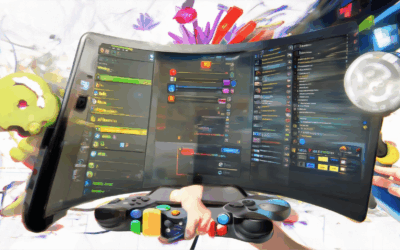


0 Comments